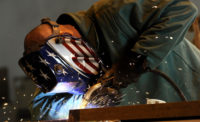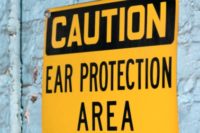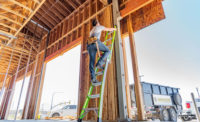 Ladder fall injuries are a persistent hazard both in the workplace and at home. There are five major causes for extension-ladder fall incidents:
Ladder fall injuries are a persistent hazard both in the workplace and at home. There are five major causes for extension-ladder fall incidents:
- incorrect ladder setup angle,
- inappropriate ladder selection,
- insufficient ladder inspection,
- improper ladder use, and
- lack of access to ladder safety tools and information.
The leading cause of ladder-related injuries, in approximately 40% of cases, is a ladder sliding-out at the base due to an incorrect ladder setup angle. Ladder users tend to set extension ladders at shallower angles than the desired optimal angle (75.5 degrees).
Selection of a ladder with the proper duty-rating is also critical to avoid structural failure. However, knowledge on proper ladder selection is lacking among many ladder users, and this important safety step is frequently ignored.
Regular inspection and maintenance are good practices to reduce the likelihood of ladder structural failure; however, quick and easy access to ladder safety checklists is not always available.
Inappropriate and unsafe ladder user behavior is associated with many ladder fall incidents. Activities such as overreaching, carrying objects, applying excessive force, slips and missteps are also frequent causes of ladder-related fall injuries.
Finally, small companies that account for up to 80% of all construction companies, and individual ladder users, such as homeowners, do not typically receive the required training for safe use of extension ladders. Such ladder users are difficult to reach, often do not have access to safety information, and generally lack the resources to develop or follow an effective ladder safety program.
Source: NIOSH








